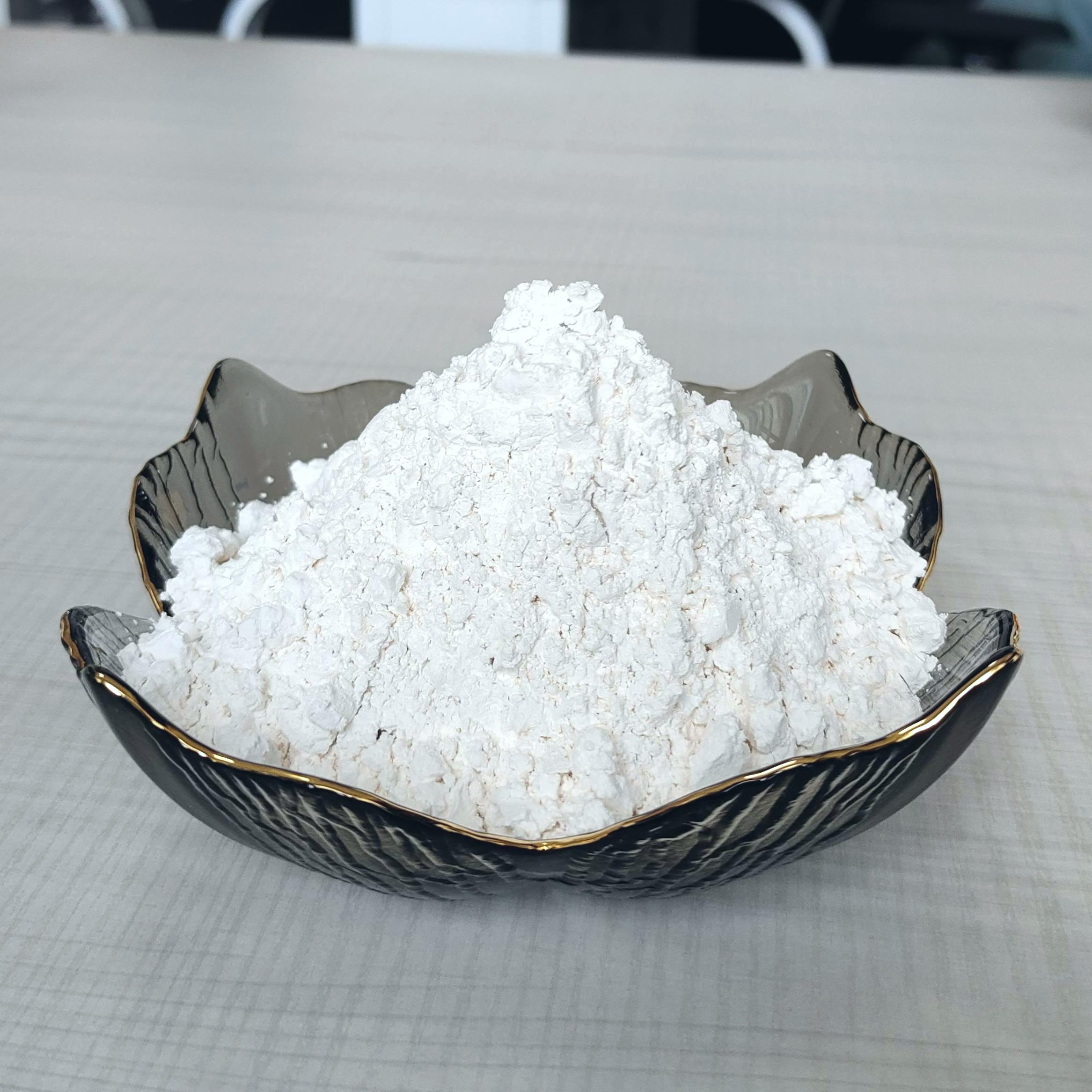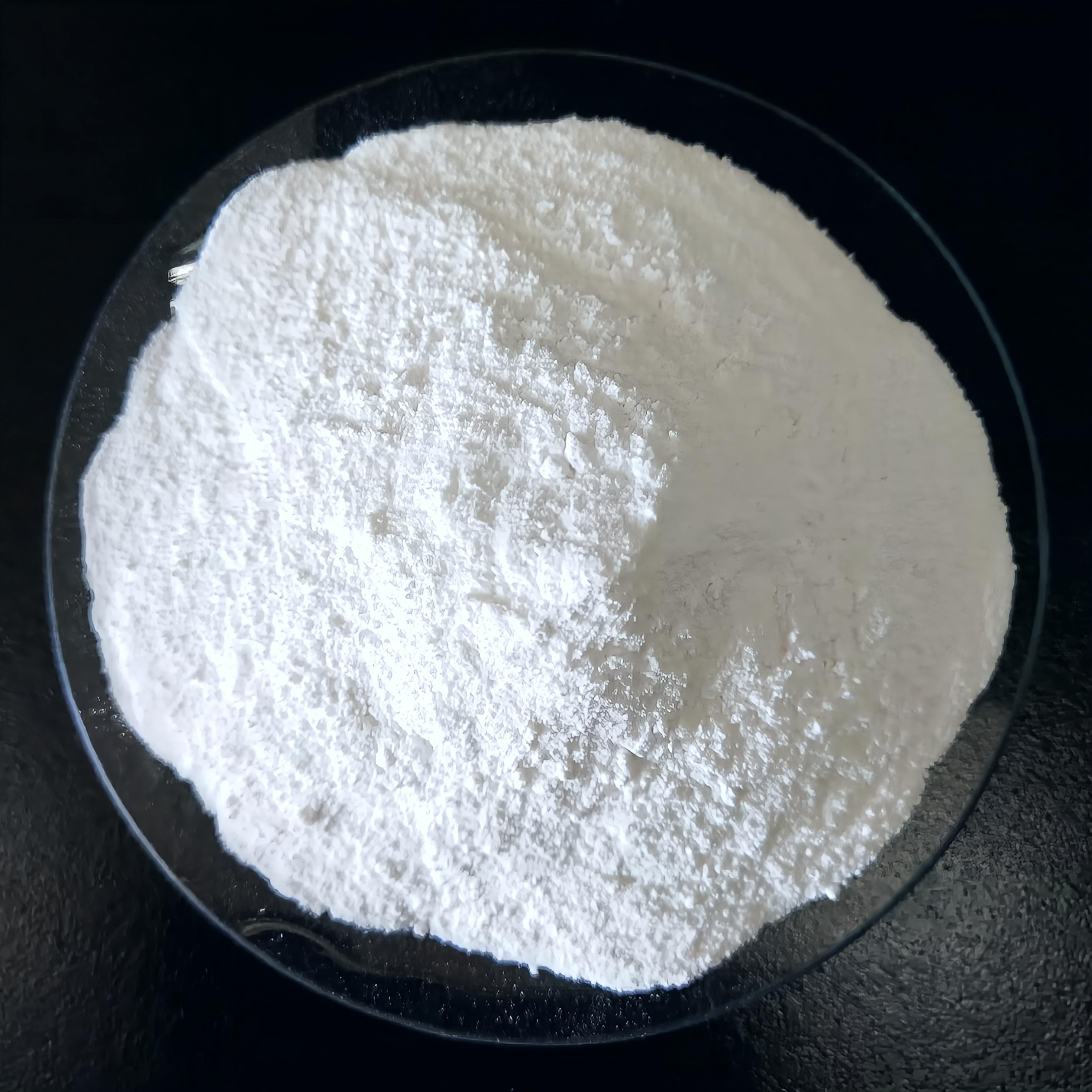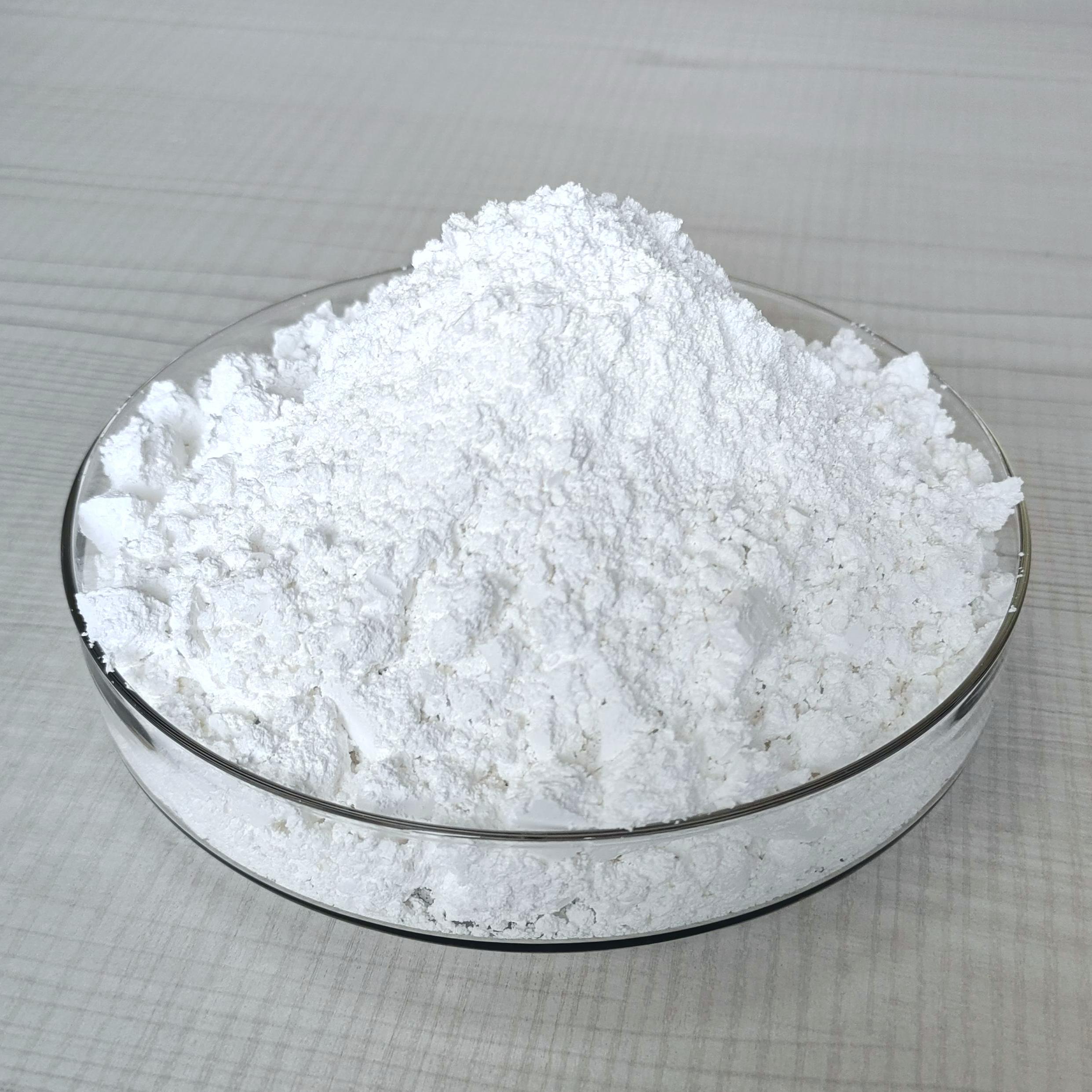30
2025
-
05
The Role of Quality Ultrafine Nano Calcium Carbonate in Eco-Friendly Paints
The Role of Quality Ultrafine Nano Calcium Carbonate in Eco-Friendly Paints Table of Contents Introduction to Ultrafine Nano Calcium Carbonate The Importance of Ultrafine Nano Calcium Carbonate in Eco-Friendly Paints Properties and Benefits of Ultrafine Nano Calcium Carbonate Applications of Ultrafine Nano Calcium Carbonate in Paints Manufacturing Process of Ultrafine Nano Cal
The Role of Quality Ultrafine Nano Calcium Carbonate in Eco-Friendly Paints
Table of Contents
- Introduction to Ultrafine Nano Calcium Carbonate
- The Importance of Ultrafine Nano Calcium Carbonate in Eco-Friendly Paints
- Properties and Benefits of Ultrafine Nano Calcium Carbonate
- Applications of Ultrafine Nano Calcium Carbonate in Paints
- Manufacturing Process of Ultrafine Nano Calcium Carbonate
- Sustainability Aspects of Using Ultrafine Nano Calcium Carbonate
- Future Trends in Eco-Friendly Paints with Ultrafine Nano Calcium Carbonate
- Conclusion
- FAQs about Ultrafine Nano Calcium Carbonate in Eco-Friendly Paints
Introduction to Ultrafine Nano Calcium Carbonate
The ever-evolving landscape of the paint industry has prompted manufacturers to seek materials that are not only effective but also environmentally friendly. **Ultrafine nano calcium carbonate (UCC)** has emerged as a critical component in eco-friendly paint formulations. This innovative material, characterized by its small particle size and high surface area, offers numerous advantages that enhance the quality and sustainability of paints. Understanding how UCC functions can significantly improve the performance of eco-friendly paint products.
The Importance of Ultrafine Nano Calcium Carbonate in Eco-Friendly Paints
The push towards sustainability has led to an increased focus on the ingredients used in paint production. Traditional pigments and fillers often contain harmful substances that can adversely affect both human health and the environment. **Ultrafine nano calcium carbonate** plays a pivotal role in the development of eco-friendly paints by providing a non-toxic alternative that meets performance standards.
1. **Non-Toxic Properties**: UCC is derived from natural sources, making it a safer alternative to synthetic pigments. It contributes to lower **volatile organic compounds (VOCs)** in paint formulations, which is essential for reducing harmful emissions.
2. **Enhanced Product Stability**: The inclusion of UCC in paint formulations can improve the stability of the paint, ensuring that it does not separate or degrade over time.
3. **Cost-Effectiveness**: As a filler, UCC can reduce the overall cost of paint production while maintaining the desired qualities, making eco-friendly options more accessible.
Properties and Benefits of Ultrafine Nano Calcium Carbonate
Understanding the properties of ultrafine nano calcium carbonate can help manufacturers harness its full potential in the paint industry.
1. Particle Size and Surface Area
UCC is characterized by its extremely small particle size, often in the nanometer range. This unique property results in a higher surface area, which contributes to improved dispersion in paint formulations. The smaller the particle, the better it can fill voids in the paint matrix, leading to enhanced **opacity and brightness**.
2. Improved Durability and Performance
Paints formulated with UCC exhibit superior durability due to its ability to enhance mechanical properties. This results in better resistance to abrasion, weathering, and UV degradation. Consequently, eco-friendly paints with UCC not only deliver vibrant colors but also ensure longevity.
3. Enhanced Whiteness and Brightness
One of the significant benefits of UCC is its ability to enhance the whiteness and brightness of paints. This allows manufacturers to create more vibrant and appealing finishes that meet consumer demands for aesthetic quality while adhering to eco-friendly standards.
4. Eco-Friendly Attributes
As a naturally occurring mineral, UCC boasts eco-friendly attributes that align with the growing consumer demand for sustainable products. Its use in paints supports green building initiatives and reduces the overall environmental footprint.
Applications of Ultrafine Nano Calcium Carbonate in Paints
The versatility of ultrafine nano calcium carbonate allows it to be utilized in various types of paints, including architectural coatings, industrial paints, and specialty coatings.
1. Architectural Coatings
In architectural paints, UCC enhances the aesthetic properties, improving the color retention and creating a more uniform finish. Its non-toxic nature aligns with health-conscious consumers looking for safer home improvement solutions.
2. Industrial Coatings
For industrial applications, UCC provides robust protective qualities, enhancing the durability of coatings used in harsh environments. Its anti-corrosive properties make it ideal for metal coatings, ensuring longevity and reduced maintenance costs.
3. Specialty Coatings
Specialty coatings, such as anti-fungal or anti-bacterial paints, benefit from UCC's properties. It allows for the formulation of paints that not only look good but also offer additional protection against microbial growth.
Manufacturing Process of Ultrafine Nano Calcium Carbonate
Producing high-quality ultrafine nano calcium carbonate involves advanced manufacturing techniques to achieve the desired particle size and purity.
1. Precipitation Method
The precipitation method involves reacting calcium hydroxide with carbon dioxide in a controlled environment, resulting in the formation of calcium carbonate. This method allows for precise control over particle size and morphology.
2. Milling Process
Mechanical milling is another technique utilized to achieve nanoscale particles. By grinding larger calcium carbonate particles, manufacturers can produce ultrafine particles that meet specific applications' requirements.
3. Surface Modification
Surface modification techniques enhance the properties of UCC further. By treating the surface of the particles, manufacturers can improve dispersion in various paint formulations, leading to better performance.
Sustainability Aspects of Using Ultrafine Nano Calcium Carbonate
In an industry increasingly focused on sustainability, the use of ultrafine nano calcium carbonate aligns with environmental goals:
1. **Reduction of Environmental Impact**: UCC contributes to lower VOC emissions, helping paint manufacturers comply with stringent environmental regulations.
2. **Sustainable Sourcing**: Being derived from natural sources, UCC promotes responsible sourcing and use of raw materials, contributing to a circular economy in the paint industry.
3. **Enhanced End-of-Life Options**: Eco-friendly paints containing UCC are more likely to be biodegradable or recyclable, minimizing their environmental footprint once they reach the end of their life cycle.
Future Trends in Eco-Friendly Paints with Ultrafine Nano Calcium Carbonate
As the market for eco-friendly paints continues to grow, several trends are emerging:
1. **Increased Research and Development**: Ongoing research into the properties and applications of ultrafine nano calcium carbonate is likely to yield innovative uses and products in the coming years.
2. **Customization of Formulations**: Manufacturers are increasingly looking to customize paint formulations using UCC to meet specific consumer needs, such as hypoallergenic paints or coatings with specific aesthetic qualities.
3. **Integration with Other Eco-Friendly Materials**: The combination of UCC with other sustainable materials, such as natural pigments or bio-based resins, is likely to become a popular trend, leading to more advanced eco-friendly paint solutions.
Conclusion
Ultrafine nano calcium carbonate plays a transformative role in the production of eco-friendly paints, offering a range of properties that enhance both performance and sustainability. As the demand for environmentally safe products grows, the integration of UCC into paint formulations will undoubtedly continue to rise. This innovative material not only improves the aesthetic qualities of paints but also aligns with the industry's shift toward sustainability, making it a vital component of future paint technologies.
FAQs about Ultrafine Nano Calcium Carbonate in Eco-Friendly Paints
1. What is ultrafine nano calcium carbonate?
Ultrafine nano calcium carbonate is a form of calcium carbonate with extremely small particle sizes, typically in the nanometer range, which enhances its performance in various applications, including paints.
2. How does UCC improve paint durability?
UCC enhances the mechanical properties of paints, making them more resistant to abrasion, weathering, and UV degradation, thereby improving their overall durability.
3. Is ultrafine nano calcium carbonate eco-friendly?
Yes, UCC is derived from natural sources and contributes to lower VOC emissions, making it a safer and more environmentally friendly option compared to traditional pigments.
4. Can UCC be used in all types of paints?
UCC can be effectively used in various types of paints, including architectural, industrial, and specialty coatings, due to its versatile properties.
5. How is ultrafine nano calcium carbonate manufactured?
UCC is typically produced through precipitation methods or mechanical milling, with the possibility of surface modification to enhance its properties for specific applications.
quality ultrafine nano calcium carbonate
Get in Touch with Us Today

EZ Chemical is one of the best suppliers of calcium carbonate series products in China.
CONTACT US
E-mail: kevin_song@ezchemical.cn
ADD:Room 2008, Building 8, Jinse Yangguang, Xin'an East Road, Xin'anjiang Street, Jiande City, Zhejiang Province, China.



